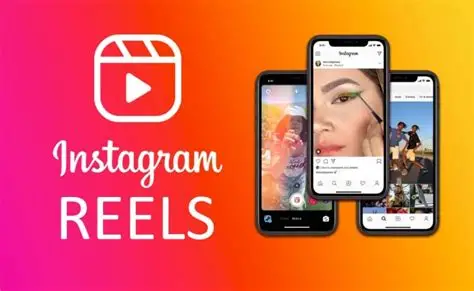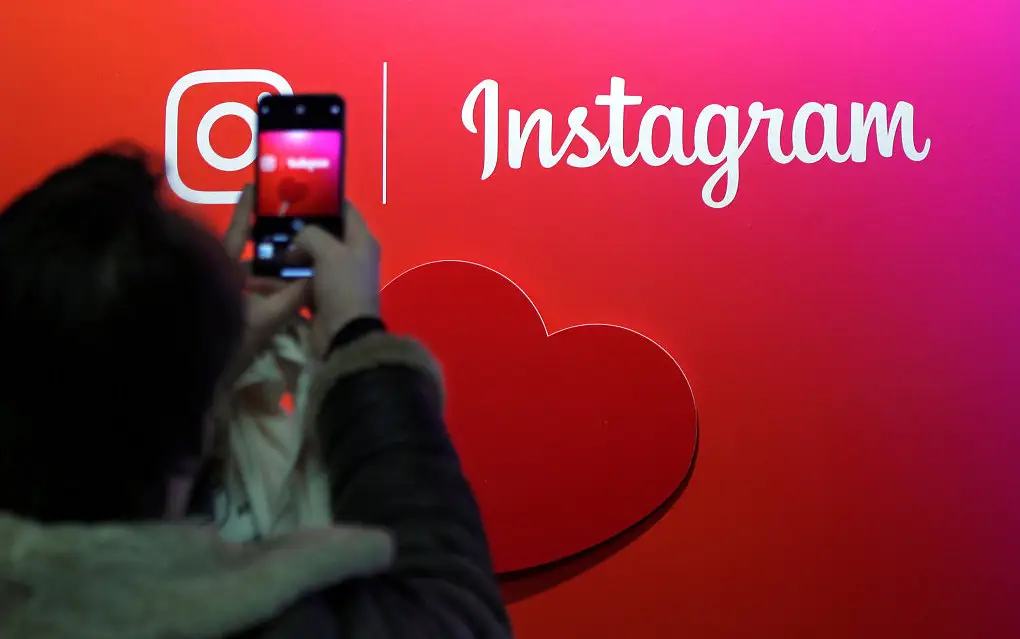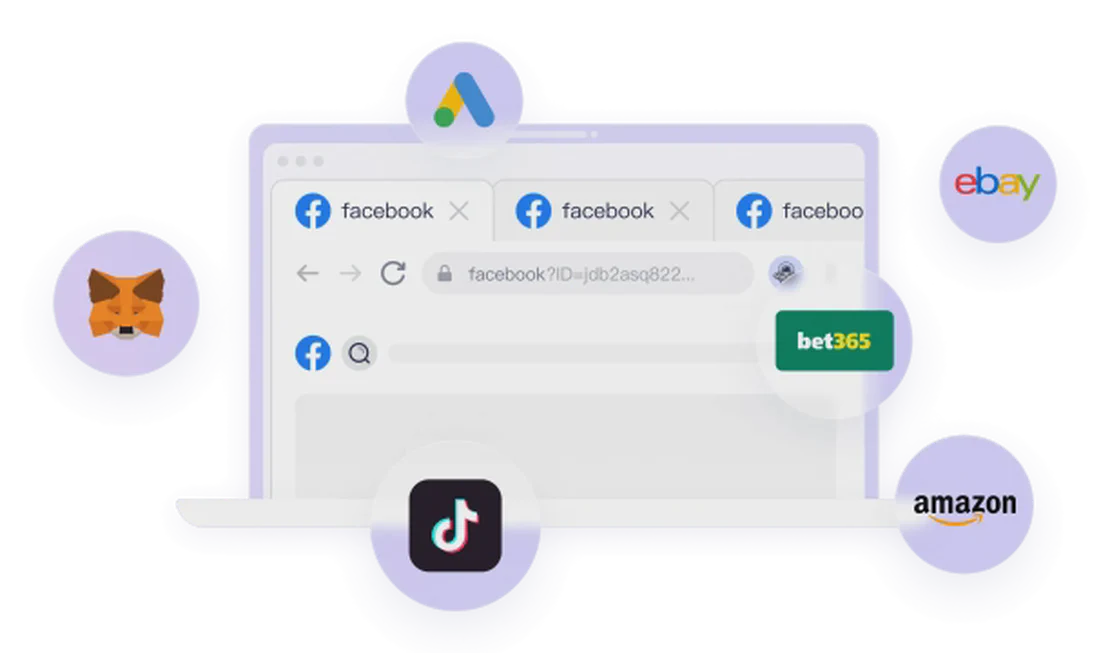In the clamor of the digital world, a unique art form is quietly rising. It doesn’t rely on expensive production gear or sophisticated editing. Its stage is Instagram Reels; its creators are millions of anonymous netizens; and its script is improvised with every refresh.
When the final second of the video freezes, the real performance begins. In the comments section, a remarkable chemical reaction detonates instantaneously:
“Bro was made from pre.” “His mother got pregnant after a kiss on the cheek.” “He died doing what he loved.”
If you encounter these lines for the first time, you might be confused or even put off. But if you’re a deep-sea diver of the internet, you’ll recognize the hidden cipher behind it—a complete, “coded language” belonging to the cyber age. This is no longer simple commentary or interaction; it’s a surreal, absurdist comedy co-directed by countless anonymous participants.

Delving Deeper into the /r/ Heartland: Cracking the Meme’s “Cipher Book”
To truly immerse yourself in this national comedy, the first step is to decipher their “slang.” The origin of this language is widely believed to be a community on Reddit—the /r/ board, renowned for its nonsensical, absurd, and meme-making prowess. This is the “alchemical furnace” of internet memes, where every seemingly “heaven-sent” sentence is the result of countless “refinements” and “iterations.”
- “Bro” / “My guy”: The ultimate “protagonist pronoun.” He can be anyone, from as skinny as “a pinky finger” to as tall as the Russian boxer Nikolai Valuev. He is not a specific individual but a collective representation of anyone of us who has experienced awkwardness or made a foolish mistake in public. By referring to “Bro,” commenters deftly shift the target from a specific person to universal humanity, avoiding personal attacks.
- “He died doing what he loved” / “Final goon”: This is the “divine touch” of section narration. When someone in a video does something silly, like tripping or failing a challenge, the comments use this line to “summarize his life.” This is a high form of humor, elevating a moment of minor embarrassment into an act of “heroic sacrifice” through a “tragic hero” narrative.
- “He’s always ahead of us” / “It’s phase two”: This is a precise description of a “disconnection” in thinking patterns. When someone says or does something completely beyond normal comprehension, this phrase appears. It paints a picture of a “higher-dimensional thinking” that is beyond the reach of ordinary people, as if the person has already entered “Phase two” of the game, leaving the commenters in the newbie village. This sense of “generational gap” is inherently comedic.
- “The only thing that erupted that day…”: This is a top-tier meme originating from a volcanic eruption video, embodying the essence of this culture—“double entendre” and “extreme association.” When the protagonist in an “eruption” scenario (volcanic, emotional, skill-wise) makes a fool of himself, this comment, using the pun on “erupted,” creates a bursting comedic effect. It teaches us that humor can be found in any scenario.
The core of this linguistic style is decentralized, collective creation. There are no directors or screenwriters; everyone has the right to perform a “secondary creation” on the same video. A single sentence can spawn countless new storylines and memes, eventually forming a bizarre “narrative metaverse” woven together by tens of thousands of users.
Why Are We So Willing? The Psychological Code of an Immersive Digital Carnival
What is the true magic behind these seemingly illogical and even somewhat offensive “diabolical jokes”? Why do we find ourselves engrossed and chuckling, even when we know the comments are absurd?
The Ultimate Rebellion Against “Refined” Aesthetics: In an era of social media that pursues perfection, filters, and online personas, the Instagram Reels comment section has become the “mohawk punk” of the internet. It’s raw, direct, and unadorned. Using the most unexpected methods, it tears a hole in the glittering facade to reveal the real, absurd, and even slightly “ugly” essence of humanity. This rebellion itself is highly attractive.
Safe Collective Empathy and Release: The target of the humor in the comments is always a virtual symbol named “Bro.” We’re not laughing at a specific person, but at the universal human awkwardness, foolishness, and absurdity that “Bro” represents. This is a safe, permitted form of collective ridicule, allowing us to release repressed emotions from real life in a virtual space and resonate with a like-minded group of “strangers.”
Identity and “Digital Tribe” Belonging: Understanding and being able to use this “slang” is, in itself, a form of identity certification. It means you’re “in the club,” you understand the community’s rules, rituals, and memes. When you see a “master-class bad joke” like “he was born from a queen. Brick come bacterial disc,” the knowing smile you give is a secret signal to all netizens who share the same “humor neurons.” This sense of belonging is the spiritual home for every digital nomad. See, even though we’ve never met, we understand each other’s “jokes.”
Order in Chaos: An Unexpected “Social Experiment”: This seemingly chaotic comment section actually follows a set of unwritten “rules of conduct.” For example, not targeting specific individuals (unless it’s in a joking spirit), creating rather than belittling, and remixing memes. It’s like a large, ongoing “social experiment,” showing how human communities can spontaneously form culture, rules, and order without authoritative guidance.

Seeking “Order” in “Chaos”: Guarding Your “Digital Avatars”
This national participatory online carnival is, in essence, an “anonymous masked ball on the digital plaza.” Participants wear the “Bro” mask, shedding the burden of their identity, to freely release their creativity and explore the boundaries of humor. However, just as every offline public venue needs a secure space, this online revelry also needs a backstage.
Imagine you are a person like this:
- In the Instagram comments section, you are a master creator of “diabolical jokes,” witty and full of memes.
- In a professional photography enthusiast community, you transform into a rigorous gear reviewer, meticulously choosing your words for objectivity.
- In a gaming chat group, you might embody a hardcore gamer, discussing tactics with teammates.
These roles should ideally not interfere with each other. But if you operate all of these through a single device and browser identity, they lose their boundaries in the eyes of platform algorithms, becoming “different behaviors of the same identity.” It’s like wearing different masks at a ball but never changing the suit underneath, making you easy to spot. This not only could damage your “professional persona” in a community but could also trigger the platform’s risk control system, leading to a “guilt by association” ban on all related accounts.
FlashID Anti-Detection Browser is precisely designed to protect this “freedom of digital identity” and the “purity of performance.” It doesn’t judge whether your mask is comedic or serious, whether your words are jest or sincerity. Its core mission is to provide an independent, clean, and private stage for every “performance” and “social interaction” you have in the digital world.
With FlashID, you can completely separate each of your online “avatars,” allowing them to perform to their fullest on their own stages without interfering with each other:
- “Entertainer” Persona: On content-focused platforms like Instagram and TikTok, you can let your imagination run wild in the comments section, creating, joking, and enjoying interaction with netizens worldwide, without worrying about these actions “tainting” your professional image on other platforms.
- “Expert” Persona: In professional forums, workspaces, or communities that require a high degree of trust (like product reviews, industry knowledge sharing), you can use a clean and stable environment to ensure that every statement you make appears reliable and focused, avoiding being “dragged down” by miscellaneous online activities.
- “Interest Explorer” Persona: For scenarios requiring multi-account operations, such as managing multiple groups on different topics in Facebook or testing different content styles on TikTok, FlashID can ensure that the behavior trajectory of every account is independent and untraceable, allowing you to safely and on a large scale carry out your “online endeavors.”
Each FlashID environment has its own unique IP address, browser fingerprint, and digital identity, just as you have multiple, unrelated residences in the real world. This ensures that the revelry in any “digital masked ball” you attend will not affect your real-life peace or the harmony of other communities. It gives you the true courage and confidence to explore the vastness and unknowns of the internet, because you know that every one of your “avatars” has its own safe sanctuary.

Frequently Asked Questions (FAQ)
Q: How does this comment culture originating on Instagram relate to the meme culture that previously thrived on platforms like Reddit and 4chan?
A: It can be seen as a successful “export” and “re-localization” of internet subculture. The core spirit of meme-making, rebellion, and anonymous creation runs in the same vein. However, due to Instagram’s massive user base and strong interactivity, this culture has gained wider dissemination and variation, growing into its own unique form.
Q: Is there a high barrier to entry for understanding “diabolical jokes”? Any advice for an “outsider” looking to get started?
A: The barrier is real, especially in terms of familiarity with internet memes. The starting advice is to spend more time browsing the international comment sections of Reddit, 4chan, and TikTok, follow some overseas “bad joke” video creators, and try to understand the logic behind their humor. The key is to “think outside the box” with associative leaps.
Q: What kind of people are mostly creating these “diabolical jokes” in the comments section? Are they professional content creators or regular netizens?
A: It leans more towards regular netizens. These creations are often unconscious and spontaneous, carrying a strong “unintentional” flair. Professional content creators are more inclined to guide the direction of comments, whereas this culture originates from the boundless creativity of average users.
Q: Is the widespread use of the word “Bro” a form of linguistic laziness, or does it truly have an irreplaceable charm?
A: It is precisely its sophistication. It’s not linguistic laziness but the ultimate minimalist evolution of language. Using a simple, colloquial word to carry extremely complex emotions and information (empathy, sarcasm, distance) is something conventional written language struggles to achieve. Its universality and ambiguity are precisely its charm.
Q: Can this spontaneous, nonsensical creation offer any inspiration to traditional fields of content creation (like screenwriting, ad copywriting)?
A: Absolutely. It demonstrates the immense power of “non-linear narrative” and “fragmented expression.” The inspiration lies in: breaking away from linear storytelling, using contrast for comedic effect, combining the serious and the absurd, and inspiring the audience’s secondary creation through interactivity—all of which open up new possibilities.
Q: Why do some cultural memes work like magic on Platform A but fail to land on Platform B? Where are the boundaries of this community culture?
A: The boundaries of community culture lie in shared cultural context. This includes knowledge of historical memes, shared values, and platform-specific linguistic habits. Users on Platform B may not possess the same “cipher book” as those on Platform A, so the meme cannot be “decrypted” and, therefore, cannot spread.
Q: How should we look at the occasionally offensive content that appears in the comments? What is the difference between this culture and “internet trolls”?
A: The difference lies in intent and target. The core of comment section culture is “deconstructing embarrassment by mocking symbols,” not the malicious attack on specific individuals that trolling represents. It’s driven by a “game mentality” of collective pressure relief, while trolling is malicious behavior aimed at hurting others.
Q: Besides “language memes,” what other forms of creation exist in the comments section? For example, images, videos, cross-platform linking ?
A: It’s incredibly rich. There’s the classic image editing, like putting silly hats or backgrounds on people in the video. There’s the remixing of GIFs. There are also “screenshot + text” comments, and even multiple users taking turns to complete a story. The forms of creation have already surpassed simple text.
Q: Why do original video creators themselves often interact with netizens in the comments section, even creating their own “Bro” stories?
A: This is smart community management. When the creator participates in this “nonsensical” game, they are no longer a high-and-mighty content producer but become a “fellow player” joking around with fans. This greatly narrows the distance with users, enhancing account stickiness and community vitality.
Q: If my business account also wants to use some “nonsensical” style on social media to get closer to the audience, what should I pay attention to?
A: It’s a mix of risks and opportunities. The primary principle is “identity isolation.” It’s best to use a separate, non-commercial identity to test and play with memes, and then replicate the successful, harmless patterns to the business account. At the same time, you must deeply understand the “meme” culture of your target audience to avoid a backfire due to cultural differences. Using a tool like FlashID allows for safe “style testing” without polluting the main account’s business credibility.
You May Also Like
